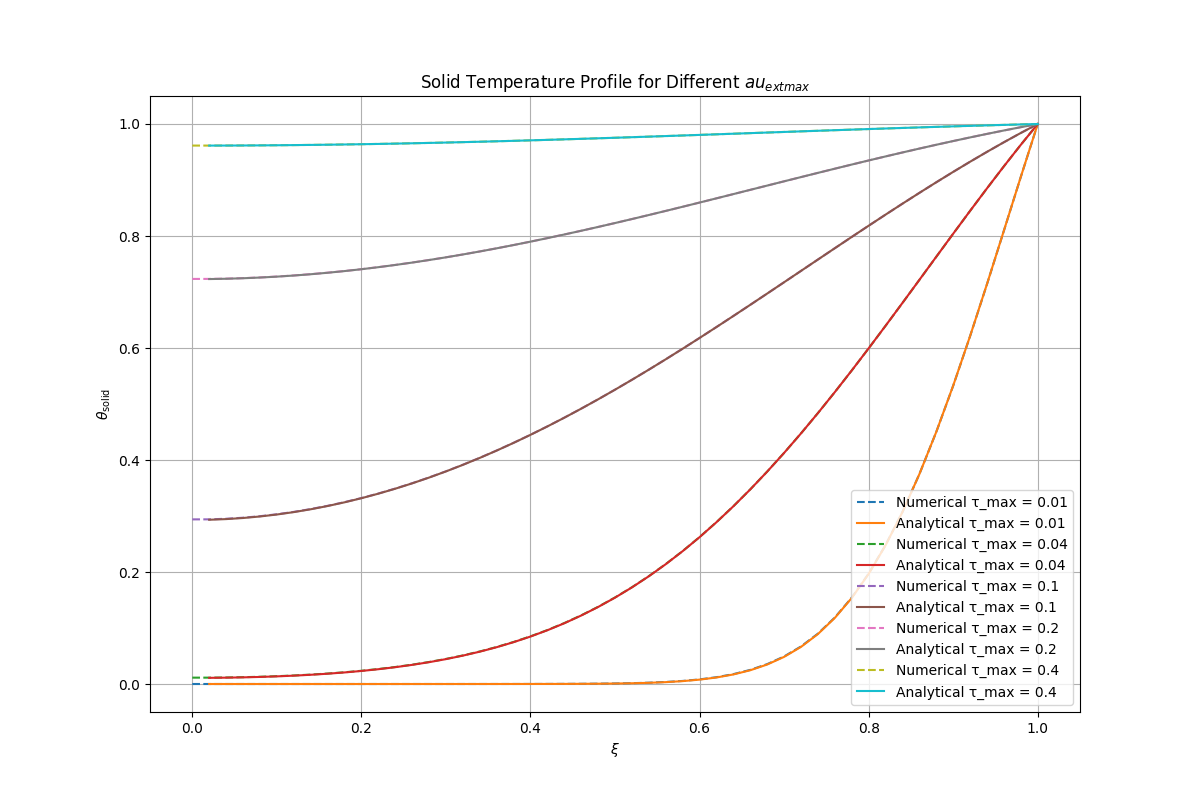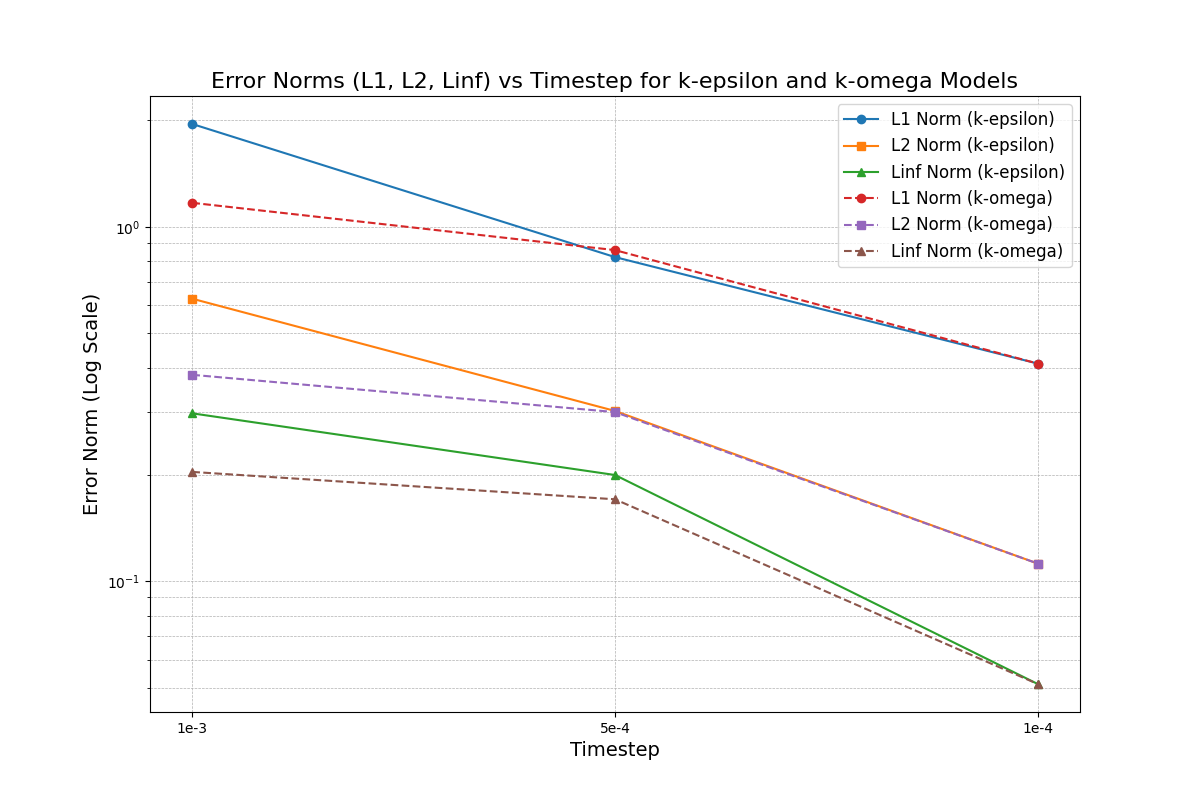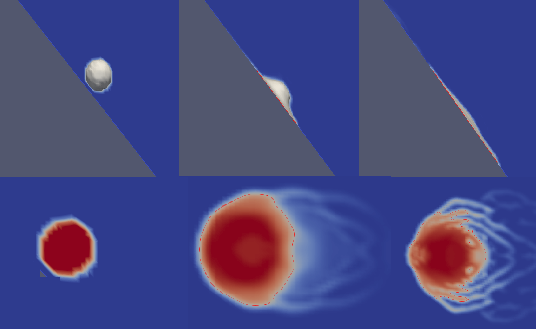Heat Transfer in Solid–Liquid Systems
This project investigates the transient thermal interaction between a solid sphere and a well-stirred liquid in an insulated tank. Both explicit and implicit finite difference methods were implemented in Python to simulate the heat conduction in the sphere and energy exchange with the surrounding fluid.
The model was validated against an analytical solution derived from separation of variables. Error norms (L1, L2, L∞) confirmed high accuracy for the implicit method across multiple grid/time configurations. Results highlight the influence of the Fourier number and coupling strength on thermal response.



